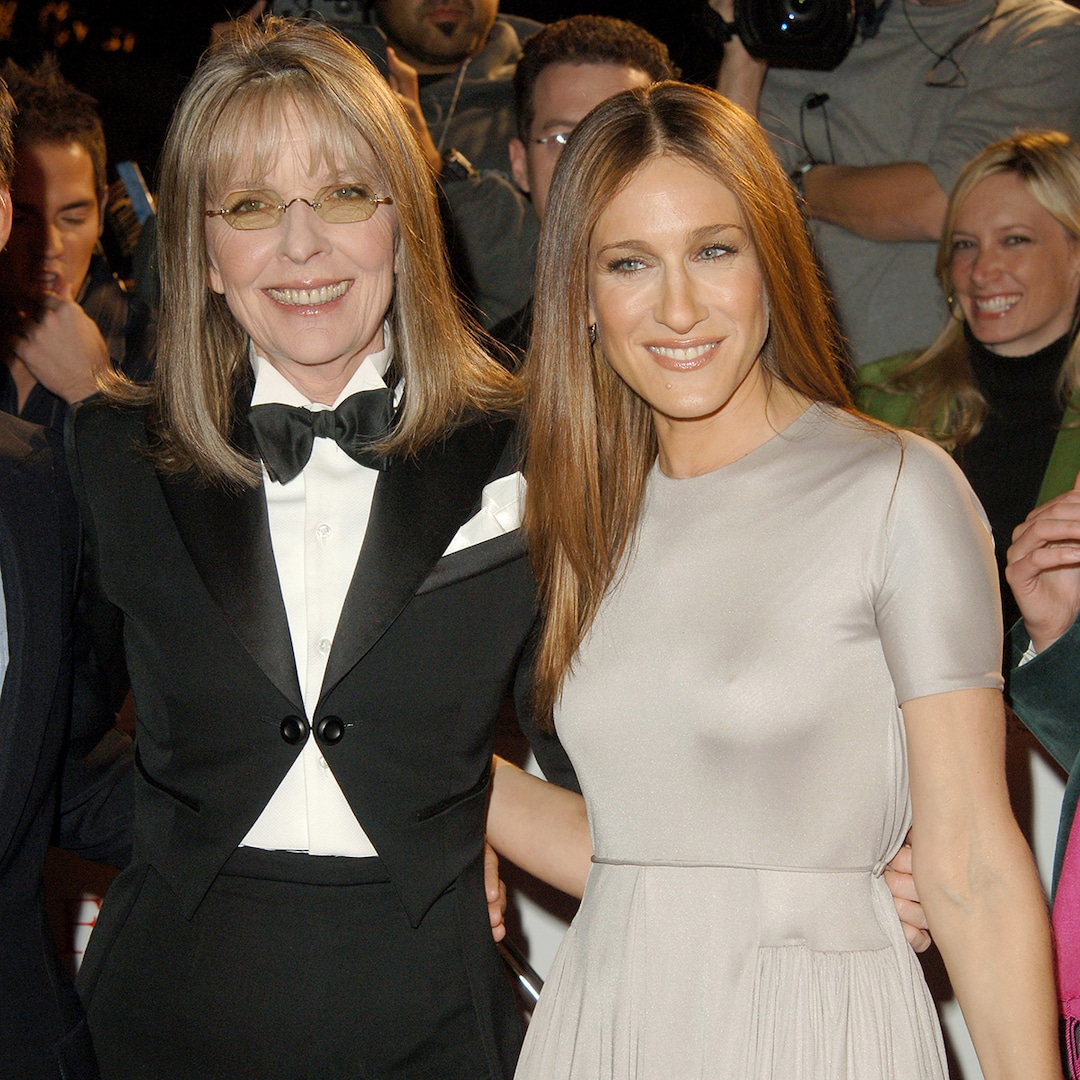The Man in My Basement review: Willem Dafoe and Corey Hawkins face off in spooky thriller


Imagine you're in desperate need of money. Your mortgage is overdue, and foreclosure is closing in. You can't get a job, and calling friends and family for a loan is getting you nowhere but despised. Then, a man shows up at your front door, offering the solution to your problems — an almost obscene amount of cash. There's just one catch. Well, two: He wants to live in your basement for a couple of months, and he looks like Willem Dafoe.
Considering all the wild roles this rightfully celebrated American actor has played — from a deranged lighthouse keeper, to a gender-bending detective, to Spider-Man supervillain the Green Goblin, to Jesus himself — that face alone is reason enough for audiences to thrill. The possibilities are endless for what Dafoe might bring to the screen. But with him comes plenty of reason to worry for the hero of The Man in My Basement.
What follows is a blend of haunted house tropes, psychological horror, and spiritual debate that makes this thriller bold but not always successful. Still, it will leave audiences with haunting questions about what is for sale and what can't be bought.
The Man in My Basement delivers on its promise with star power.

In her directorial debut feature, filmmaker Nadia Latif adapts Walter Mosley's novel The Man in My Basement, with the author himself as her co-writer. And she kicks off her film with keen casting. Corey Hawkins (Straight Outta Compton) and Willem Dafoe co-star in The Man in My Basement, with the former playing Charles Blakey, a Sag Harbor native who did the college thing but failed to launch. So now, while his peers own homes, operate businesses, and get engaged, he’s back in his late mother's house, unemployed, unhappy, and alone. Well, almost alone. There are strange thumping sounds coming from upstairs. And then there's the man at his front door, and he knows a suspicious amount about Charles' basement.
With a gleaming sense of entitlement, Anniston Bennet (Dafoe) is a white businessman who is instantly a worrisome omen, offering a devil's bargain. What would he be up to in this Black man's basement? He's evasive on that question. But as the two share Charles' family home over the course of several pivotal weeks, answers will come out, and heinous secrets will be unveiled.
The Man in My Basement is a slow-burning haunted house story.

Despite the warm woods and golden stained glass windows that make this eighth-generation home a wonder, Latif employs gothic elements of psychological terror and restrained spooky visuals to make her house suitably scary. A bump in the night here, a walking disembodied voice there, and even a straining hand crawling slowly towards the haunted homeowner will brew suspense. But that's all upstairs. Down in the basement, Bennet is in a cage.
While Latif uses the familiar iconography of ghost movies to create an eerie atmosphere, her movie stands out in the basement bits. There, Bennet has imprisoned himself, determined to pay for crimes he won't immediately confess. Meanwhile, Charles is understandably freaked out by this employment of his home. A battle of wills ensues as these two men face off over what can be redeemed and what needs to be paid.
In these scenes, Hawkins stands up to Dafoe with an energy ardent but nervous, while the four-time Academy Award nominee's mysterious antagonist is eerily calm. The two discuss philosophy, history, morals, and race relations in sequences that feel like they're lifted from a stage play, grounded in this space of the basement, depending on the delivery of dialogue over visual storytelling. This is at times compelling, perhaps intended to play like the gnarly conversations between Hannibal Lecter and Clarice Starling of The Silence of the Lambs. However, Latif won't deliver the gore or overt horror such a comparison might suggest.
Latif pulls from Poltergeist, except for this one thing.
The Man in My Basement offers atmosphere and dramatic tension, but little in the way of bone-rattling scares. In the tradition of gothic horror, Latif probes the psychological isolation Charles feels as a Black man who’s fallen short of the expectations his proud family and robust Sag Harbor community had for him. But there are elements of more graphic ghost stories, like Poltergeist, in here too. Specifically, Latif gives her own spin on the skin-peeling gag before a mirror, and like Carol Anne, Charles receives messages from the dead through his TV. (Here is the rare place where onscreen violence plays out…literally onscreen, which while unnerving, also creates a distance between the protagonist and the horrors.)
However, Latif rejects a climax with the kind of scary spectacle audiences of ghost movies or psychological thrillers might well expect. The showdown between Charles and Bennet is one of words, not violence, and while this is in line with the philosophical elements of Mosley's novel, it feels undercooked with other themes involving Charles' family being cut. Or perhaps the visual allusions to much scarier movies sets up an expectation that Latif either can't or won't satisfy.
Instead, the ending plays best as the chin-scratching conclusion of a character-driven drama, which is what The Man in My Basement feels like when Charles gets away from his haunted house and out into his community. Combatting his own loneliness with dates with a local antique dealer (Nanny's Anna Diop), house parties, or a visit to an ailing neighbor, the film becomes less about horror and more about the tragedy of his own self-imposed loneliness. Latif's ending fits with these sequences, but all of these disparate influences together don't make for a masterful quilt of horror and drama — it's more like an intriguing but confounding collage in the end. Still, I can see what Latif was aiming for.
A film in two parts represents the two paths Charles could take. One is to follow the dark lessons of the man in the basement, believing pursuit of wealth can justify any number of sins, and wealth can be used to buy absolution. The other is one where riches are not counted in gold but by maintaining strong roots in culture and community. These messages exist in The Man in My Basement, but aren't successfully knitted together among the clashing tones. So for all the atmosphere and the grounded yet disturbing performances, the movie fumbles its finale, delivering neither nerve-shredding scares nor a heart-filling nor -wrenching resolution. Still, there's richness in the attempt, and I can't wait to see what Latif does next.
The Man in My Basement was reviewed out of the 2025 Toronto International Film Festival. It will open in select theaters on Sept. 12. A release on Hulu and Disney+ will follow this fall.

















































